From Sarong to Streetwear: The Global Rise of Traditional Fabrics
By Thilo Mag
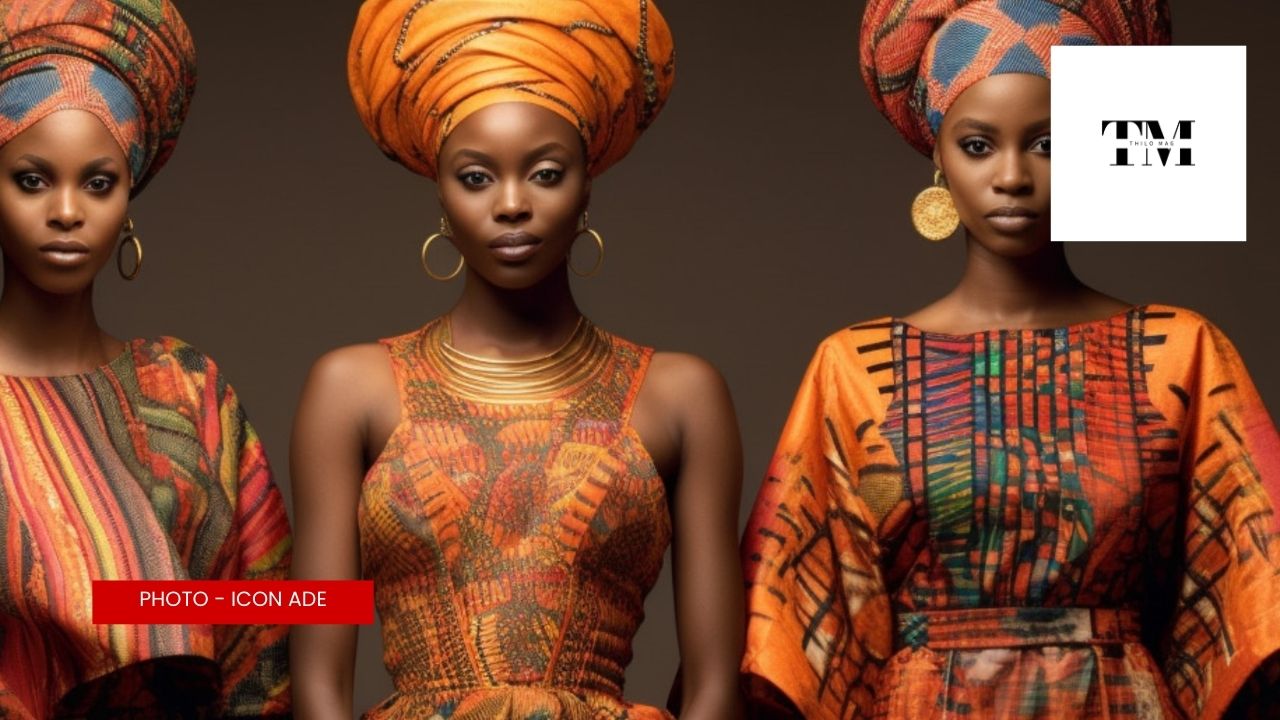
In the swirling world of fashion where trends fade fast and new icons rise by the minute, one wave is holding strong and gaining momentum—the global resurgence of traditional fabrics in mainstream fashion. From Sri Lanka’s vibrant batiks to Ghana’s regal kente cloth and Peru’s warm alpaca wool, indigenous textiles once reserved for ceremonial or local wear are now transforming wardrobes on high-fashion runways and city sidewalks alike.
This textile revolution reflects more than an aesthetic preference—it’s a cultural celebration, a sustainability statement, and a pushback against fast fashion’s uniformity. Welcome to a world where heritage meets hype, and age-old artistry becomes the soul of modern style.
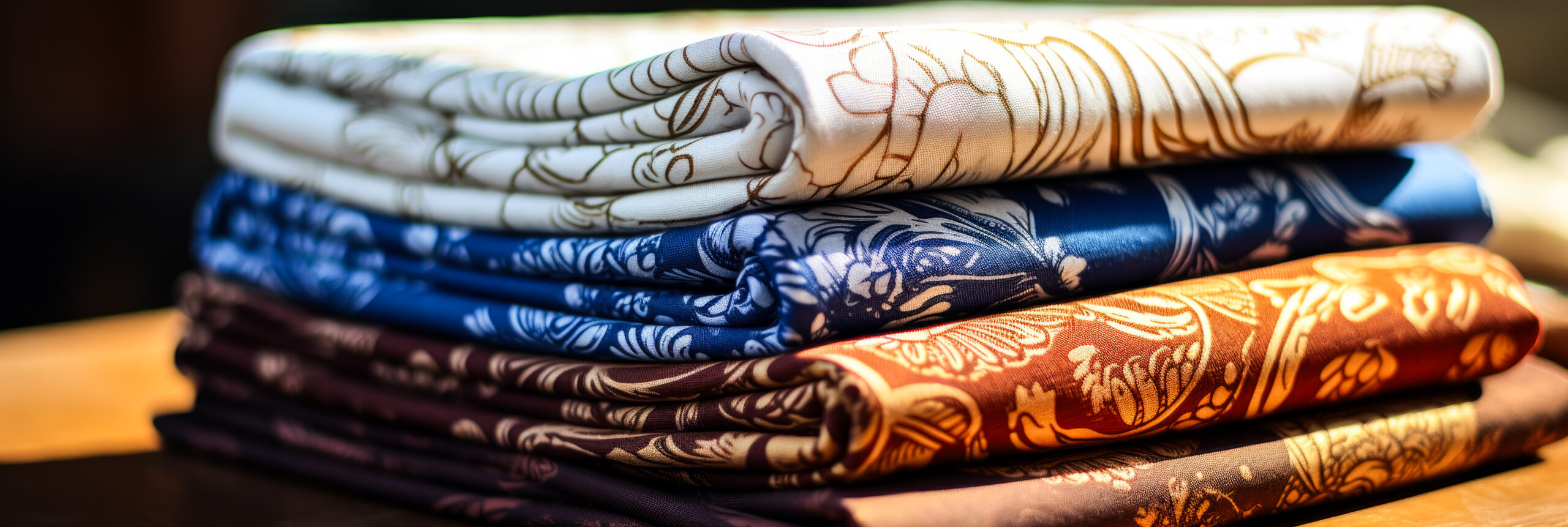
Sri Lankan Batik: Heritage in Color
In the tropical heart of South Asia, Sri Lankan batik has evolved from traditional village attire to global design inspiration. Distinguished by its vibrant colors and wax-resist dyeing process, batik tells stories of flora, fauna, and folklore through fabric. The technique was introduced to the island centuries ago, but today’s designers are pushing its potential far beyond sarongs and ceremonial wear.
International collaborations have helped elevate batik into the luxury space, where it now sits alongside denim and leather as a statement textile.Moreover, batik’s handmade quality makes it inherently sustainable, attracting eco-conscious fashion houses seeking artisan craftsmanship over mass production.
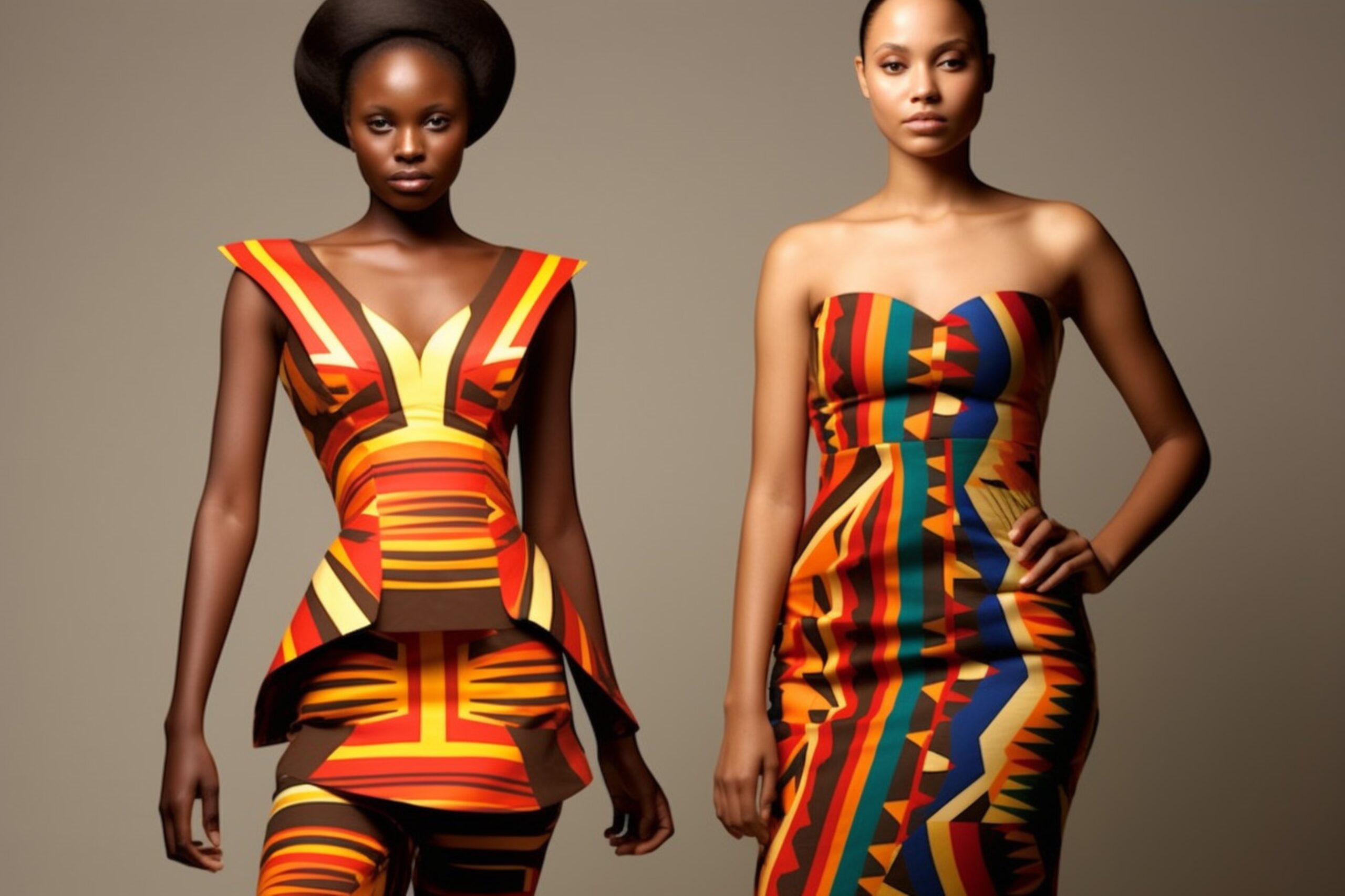
Ghanaian Kente: A Symbol of Prestige Now in Vogue
Across the African continent, Ghanaian kente cloth is woven with more than silk and cotton—it’s spun with cultural pride and storytelling. Each pattern and color combination represents proverbs, historical events, or moral values. Traditionally worn during royal ceremonies and significant milestones, kente has always been a symbol of identity and honor.
Now, this royal textile is finding a fresh life in street fashion. Think bomber jackets with bold kente sleeves, sneakers wrapped in woven patterns, or oversized blazers that pair ancient heritage with cutting-edge design. Designers like Studio 189, co-founded by Rosario Dawson and Abrima Erwiah, are working with local artisans in Ghana to bring authentic kente into the global fashion dialogue.
This isn’t cultural appropriation—it’s cultural amplification. When done respectfully, with proper collaboration and credit, kente’s integration into streetwear offers a powerful platform for African narratives to reach wider audiences.
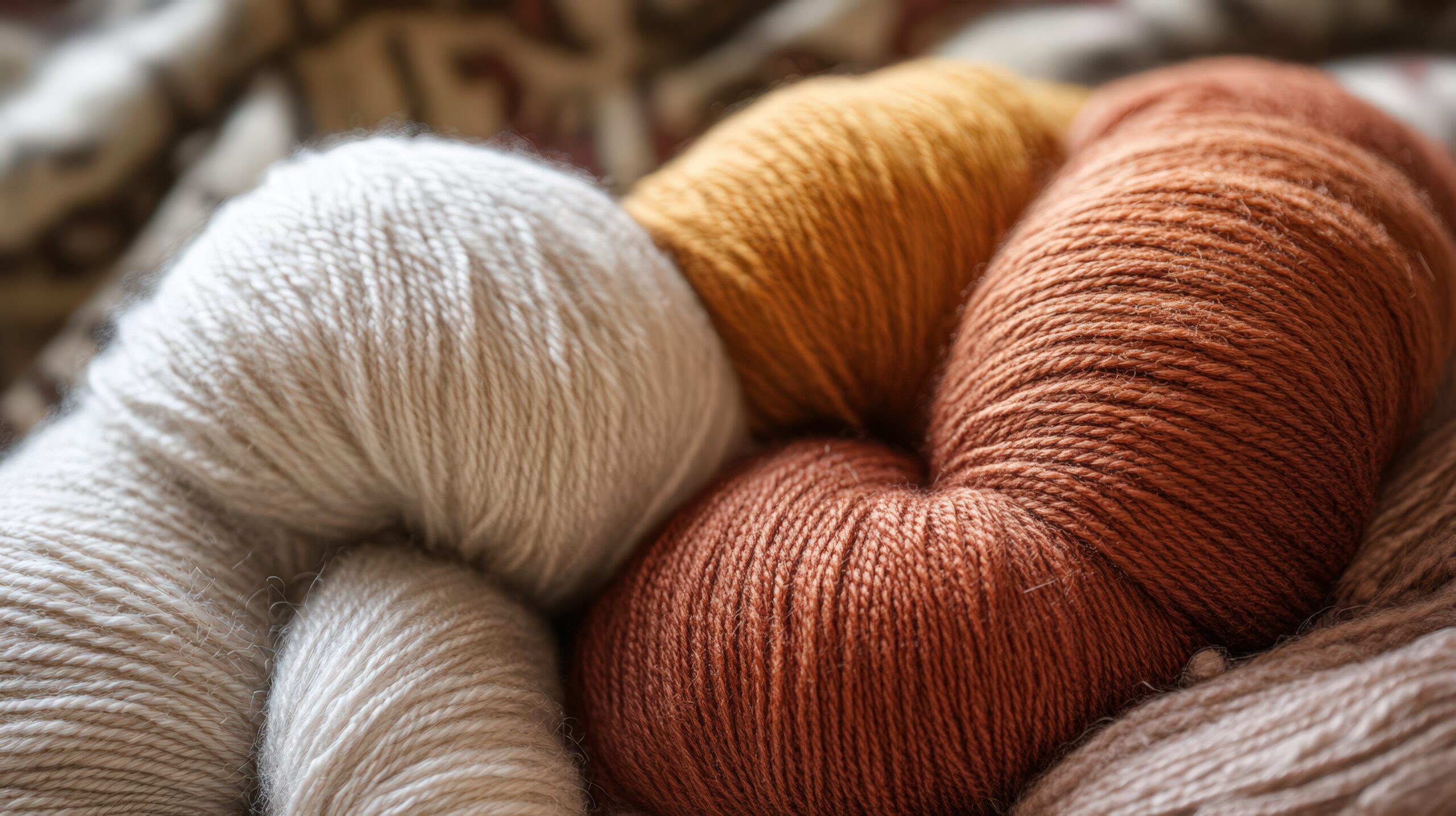
Peruvian Alpaca Wool: Tradition Woven in Warmth
In the chilly heights of the Andes, alpaca wool has been prized for thousands of years for its incredible warmth, softness, and durability. The indigenous communities of Peru have raised alpacas and woven their wool into clothing and blankets that serve both practical and ceremonial purposes.
As sustainability becomes a key driver in global fashion, luxury brands are turning to alpaca for its low environmental impact and high-quality texture. Labels such as Stella McCartney and Loro Piana are blending alpaca into coats, scarves, and knitwear that seamlessly fuse traditional craft with modern tailoring.
More than just ethical fashion, alpaca wool also supports Andean communities, enabling women weavers and rural cooperatives to maintain their livelihoods while sharing their heritage with the world. It’s the kind of slow fashion that doesn’t just look good—it feels meaningful.
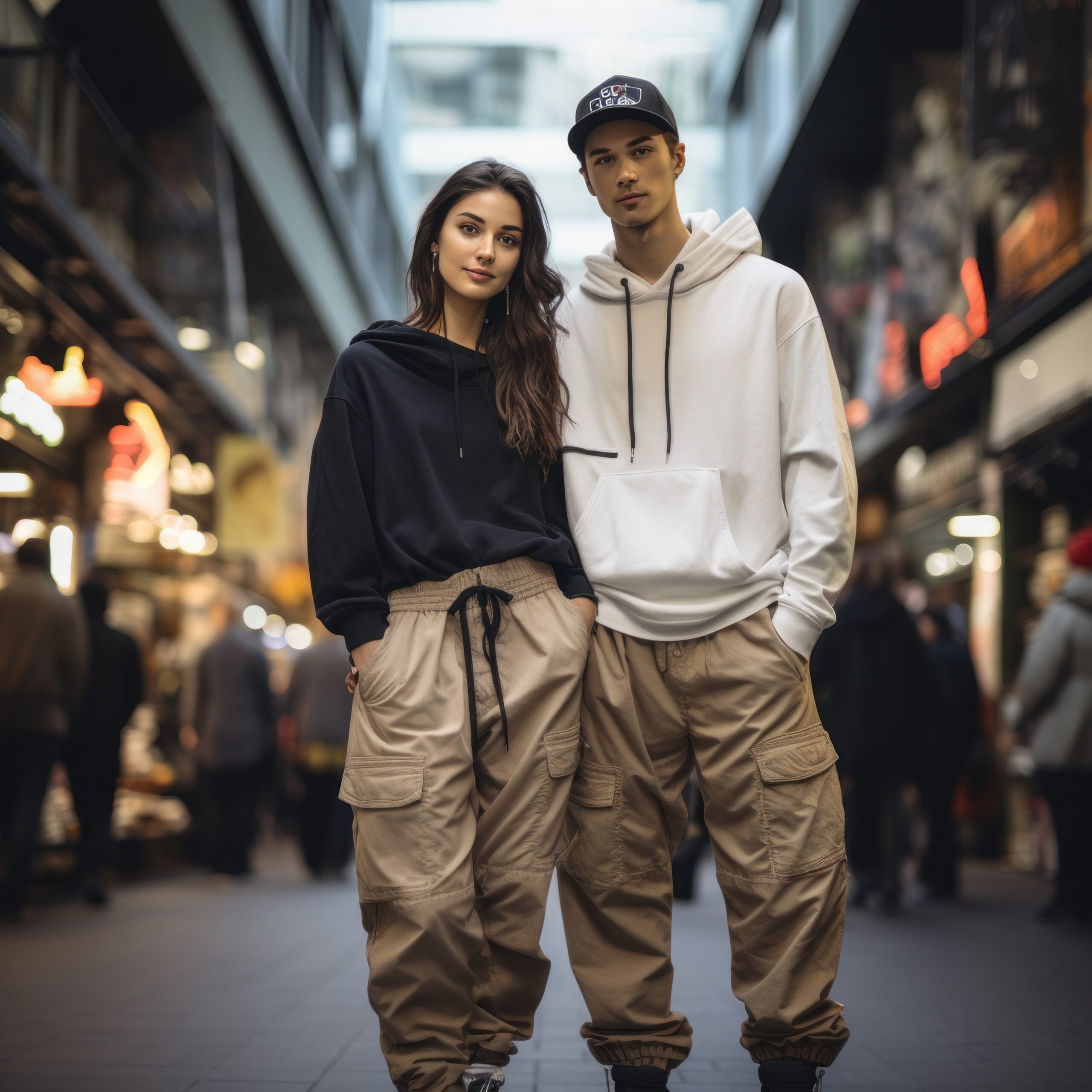
Streetwear’s New Obsession: Authenticity
Streetwear’s rise from underground subculture to dominant fashion force has changed the industry’s DNA. Once rooted in skateparks and hip-hop scenes, today’s streetwear craves authenticity and individuality—qualities that traditional fabrics deliver in abundance.
Instead of the slick, sterile aesthetics of fast fashion, younger consumers are gravitating towards garments that carry history, emotion, and handmade beauty. Whether it’s a hoodie made with Sri Lankan batik sleeves or high-top sneakers lined with kente, traditional fabrics add texture, story, and cultural depth to otherwise minimalist designs.
Fashion icons like Pharrell Williams and Rihanna have been spotted in pieces that reflect Afrocentric, Asian, and Indigenous motifs. These aren’t random style choices—they’re expressions of solidarity, admiration, and cultural storytelling.
Challenges: Representation vs. Appropriation
Of course, the intersection of tradition and trend isn’t without its tensions. As more designers tap into indigenous fabrics, questions of cultural appropriation arise. Who gets to wear these designs? Who profits? Are artisans credited and compensated fairly?
The difference lies in collaboration over imitation. Brands that work hand-in-hand with local weavers, involve communities in design decisions, and uphold fair-trade practices are not just borrowing aesthetics—they are building bridges.
Educational efforts and transparent storytelling are key. Labels like Maiyet and Brother Vellies are setting benchmarks by integrating artisan narratives into their branding, creating fashion that informs as much as it adorns.
What’s Next? The Global Fabric Movement
As this movement grows, we’re seeing exciting fusions: Japanese indigo techniques meet African Ankara; Indian block prints merge with Scandinavian cuts. The fashion world is embracing a cross-cultural remix, driven by curiosity, collaboration, and consciousness.
Technology is also helping preserve and promote traditional techniques. AI-generated designs are being combined with artisan inputs, and NFTs are being explored as a way to digitally protect indigenous textile patterns from misuse.
And most importantly, younger generations—especially Gen Z—are using fashion as a canvas to express identity and values. For them, wearing a batik jacket or an alpaca poncho isn’t just a look. It’s a lifestyle choice, a cultural embrace, and a form of activism.
The rise of traditional fabrics in modern fashion is more than a trend—it’s a global shift towards honoring heritage, supporting craftsmanship, and rethinking style through a more inclusive, sustainable lens. Whether stitched in Sri Lanka, spun in Peru, or woven in Ghana, these fabrics are no longer confined to geography or ceremony.
They are stepping boldly into the world stage—one thread, one garment, one story at a time.

